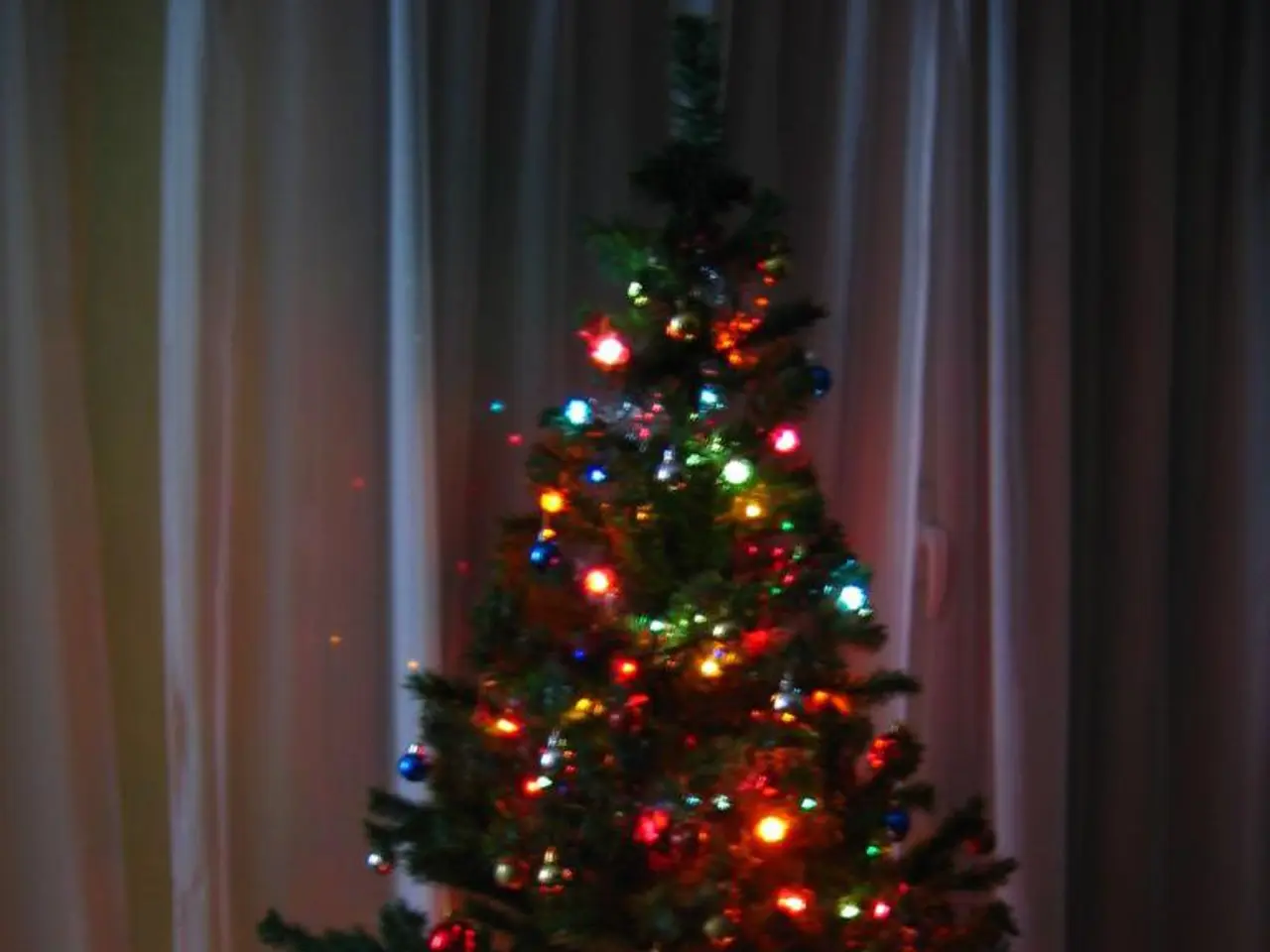Christmas Trees Labelled as an Adversary?
In the heart of France, the picturesque region of Morvan has a rich history dating back centuries, not just in its charming villages and rolling hills, but also as the oldest Christmas-tree growing region. Around 100 local farmers sell approximately 1 million trees annually, contributing to the festive spirit across the country.
However, the industry is facing a critical challenge: climate change. Extreme heat, droughts, and floods, which have become increasingly common, are taking a toll on Christmas tree farms not just in Morvan, but across the globe. Over the past decades, farmers in the U.S. and Canada have reported significant losses, and this year, the Morvan has been no exception. Unseasonable hail and extreme heat have wreaked havoc on the region's Christmas tree farms.
The financial strains are mounting. Farmers are forced to plant seedlings in the fall due to changes in seasonal weather patterns, extending their working hours. To compound matters, several insurance companies now refuse to insure their trees due to the changing weather.
The environmental impact of Christmas tree farming is a complex issue. On one hand, trees can be environmental hazards, capable of destroying local biodiversity when grown using harmful pesticides and herbicides that can run into waterways, or when monocrops are grown, harming biodiversity. On the other hand, when grown organically and sustainably, Christmas trees can become organic carbon sinks, effectively sucking excessive greenhouse gases from the atmosphere.
In the Morvan, some farmers have adopted organic and diverse farming methods over the past 20 years to protect the environment and their bottom line. This shift has been associated with a rise in sparrows, woodlarks, linnets, and ladybugs, indicating a healthier ecosystem.
However, not all farmers have the resources to transition to organic farming. The Morvan Collective, a group advocating for sustainable practices, wants the trees to be grown organically before discussing the continuation of Christmas tree farming in the region.
The issue of waste is another concern. An estimated 10 million trees hit landfills every year, with their carbon footprint increasing to more than 30 pounds of carbon dioxide when they could be composted or converted to wood chips.
As the world grapples with climate change, the future of Christmas tree farming in the Morvan hangs in the balance. Farmers are questioning whether they want to continue working in the industry, with many expressing concerns about the impact on their livelihoods and the environment.
Despite these challenges, Christmas tree farming can capture carbon more efficiently than other smaller crops. Trees are generally grown on agricultural land that may otherwise be used for crops with less carbon sequestration capacity and require more water. This makes them a valuable asset in the fight against climate change, if managed sustainably.
The ongoing shortage and hike in prices this year serve as a stark reminder of the importance of sustainable practices in the Christmas tree farming industry. As we approach the holiday season, it's a timely reminder for us all to consider the environmental impact of our festive traditions.
Read also:
- visionary women of WearCheck spearheading technological advancements and catalyzing transformations
- Recognition of Exceptional Patient Care: Top Staff Honored by Medical Center Board
- A continuous command instructing an entity to halts all actions, repeated numerous times.
- Oxidative Stress in Sperm Abnormalities: Impact of Reactive Oxygen Species (ROS) on Sperm Harm








